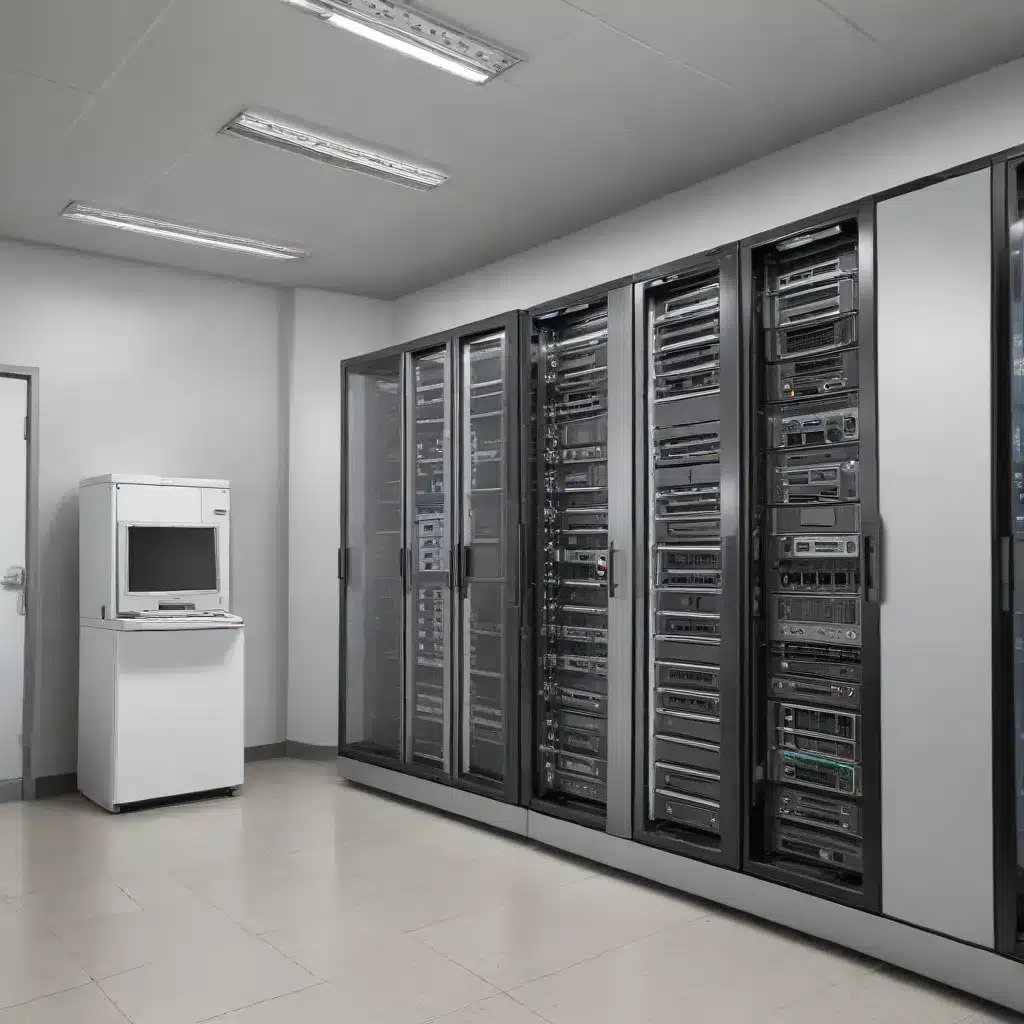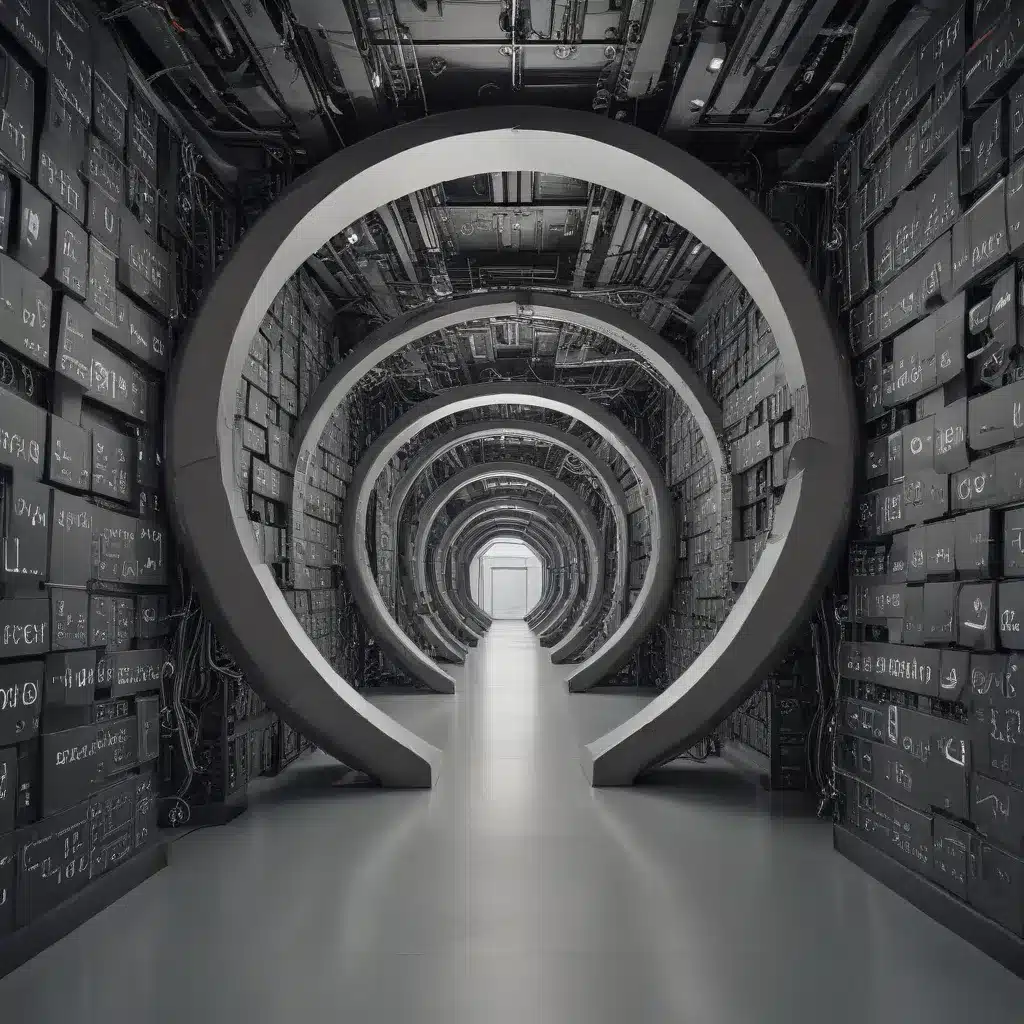Navigating the Complexities of System Design
As an experienced IT specialist, I’ve had the privilege of working on a wide range of projects, each with its own unique set of challenges and requirements. One area that has consistently proven to be both critical and rewarding is the art of system design. In this article, I’ll share my insights and personal experiences in tackling the intricacies of IT system design, exploring best practices, and equipping you with the knowledge to build robust and scalable solutions.
System design is the process of defining the architecture, components, and interfaces of a system to meet specific user needs and organizational goals. It’s a vital step in the software development lifecycle, as it lays the foundation for a system’s performance, maintainability, and scalability. Without a well-designed system, even the most meticulously written code can fall short of its intended purpose.
One of the key aspects of effective system design is understanding the fundamental principles and design patterns. From the Model-View-Controller (MVC) architecture to the principles of modularity and interface design, these foundational concepts provide a solid framework for building scalable and adaptable systems. By mastering these principles, you can unlock the ability to tackle complex problems and create solutions that can withstand the test of time.
Approaching System Design Holistically
When tackling a system design challenge, it’s important to adopt a holistic perspective. This means considering not just the technical aspects but also the broader context, such as user requirements, organizational constraints, and anticipated growth. By taking a comprehensive view, you can ensure that your design decisions align with the overall objectives and can effectively address the challenges your system may face.
One of the crucial steps in this process is to establish the design characteristics that your system must possess. This may include factors like scalability, reliability, maintainability, and performance. By clearly defining these characteristics upfront, you can make informed decisions throughout the design process and optimize your solution accordingly.
Another essential aspect is assessing the available alternatives for obtaining system elements. This could involve evaluating different technologies, architectural patterns, or data storage solutions. By carefully weighing the trade-offs and understanding the pros and cons of each option, you can make well-informed choices that balance the system’s requirements and constraints.
Mastering the Building Blocks of System Design
To design robust and scalable IT systems, it’s crucial to have a solid understanding of the fundamental building blocks that make up modern distributed architectures. These building blocks include components such as load balancers, databases, caching mechanisms, message queues, and more. By familiarizing yourself with the capabilities and use cases of these elements, you can effectively combine them to create complex and resilient systems.
One such essential building block is the Domain Name System (DNS). This distributed directory service plays a vital role in translating human-readable domain names into the corresponding IP addresses, enabling seamless access to online resources. Understanding how DNS operates and its integration within system design can help you ensure reliable and efficient network connectivity.
Another key component is the load balancer, which is responsible for distributing incoming traffic across multiple servers or services. By implementing load balancing, you can achieve high availability, increased scalability, and improved overall system performance. Exploring different load balancing algorithms and strategies can help you select the most appropriate solution for your specific needs.
Databases are another crucial element in system design, as they serve as the backbone for storing and retrieving data. Depending on the requirements of your system, you may choose from various database models, such as relational, NoSQL, or distributed databases. Each option has its own strengths and trade-offs, and understanding these nuances can guide you in selecting the most suitable database solution.
Navigating Scaling and Evolutionary Challenges
As systems grow in complexity and user demand, the ability to scale effectively becomes paramount. Designing for scalability involves considering factors such as vertical scaling (upgrading individual components) and horizontal scaling (adding more instances of a component). By understanding these scaling techniques and their implications, you can future-proof your system and ensure that it can adapt to changing requirements.
In addition to scaling, the evolutionary nature of IT systems requires a flexible and adaptable approach to design. As new technologies emerge and user needs evolve, your system must be able to evolve and adapt accordingly. This may involve modular design principles, well-defined interfaces, and a willingness to embrace change and improvements over time.
One effective way to visualize and communicate the flow of data within a system is through Data Flow Diagrams (DFDs). These graphical representations depict the movement of data between various entities and processes, helping you and your team to understand the system’s functionality and identify potential bottlenecks or areas for optimization.
Applying System Design Principles to Real-World Scenarios
To illustrate the practical application of system design principles, let’s consider the example of an Airline Reservation System. This complex system involves multiple stakeholders, such as passengers, travel agents, and the airline itself, all of whom interact with the system in different ways.
In this scenario, the context-level flow diagram can serve as a helpful starting point, as it outlines the key entities and the data flow between them. By understanding this high-level perspective, you can then dive deeper into the individual components and design decisions required to create a robust and scalable Airline Reservation System.
For instance, you may need to consider the scalability of the system to handle fluctuations in user traffic, the reliability of the booking and payment processing mechanisms, and the security measures to protect sensitive customer information. Leveraging the building blocks we discussed earlier, such as load balancers, databases, and message queues, you can devise a comprehensive system design that addresses these requirements and ensures a seamless user experience.
Embracing the Evolving Landscape of IT System Design
The field of IT system design is constantly evolving, with new technologies, architectural patterns, and best practices emerging regularly. As an experienced IT specialist, it’s crucial to maintain a growth mindset and stay up-to-date with the latest industry trends and advancements.
One exciting area that has gained significant traction in recent years is the rise of microservices architecture. This approach to system design emphasizes the decomposition of monolithic applications into smaller, independent services that communicate through well-defined interfaces. By embracing this modular approach, you can build systems that are more scalable, flexible, and resilient to changes.
Another area that has seen remarkable advancements is the realm of distributed systems, which involve the coordination of multiple components across a network. Understanding the principles of distributed computing, such as consistency, availability, and partition tolerance (the CAP theorem), can help you design systems that can withstand failures and maintain high availability.
As you navigate the ever-changing landscape of IT system design, it’s important to remain curious, adaptable, and willing to learn. Regularly exploring industry blogs, attending conferences, and engaging with the broader IT community can help you stay ahead of the curve and ensure that your system design skills remain relevant and valuable.
Embracing the Power of Collaboration and Continuous Improvement
Effective system design is not a solo endeavor; it requires collaboration, communication, and a shared understanding among cross-functional teams. As an experienced IT specialist, I’ve learned the immense value of fostering a culture of knowledge sharing and collective problem-solving.
By engaging with developers, architects, and domain experts, you can gain a deeper appreciation for the various perspectives and challenges that shape the design process. Encouraging open discussions, brainstorming sessions, and constructive feedback can lead to innovative solutions and a more comprehensive understanding of the system’s requirements.
Moreover, the pursuit of system design excellence is an ongoing journey. Embracing a mindset of continuous improvement is crucial, as it allows you to learn from past experiences, adapt to changing circumstances, and refine your design approaches over time. Regularly reviewing the performance, scalability, and user feedback of your systems can inform your future design decisions and help you stay ahead of the curve.
Conclusion: Mastering IT System Design for Long-Term Success
In the ever-evolving world of IT, the ability to design robust and scalable systems is a cornerstone of success. By embracing the principles, building blocks, and best practices of system design, you can create solutions that not only meet the immediate needs of your users but also withstand the test of time.
As an experienced IT specialist, I’ve witnessed the transformative power of well-designed systems, and I’m passionate about sharing my insights with fellow professionals and enthusiasts. I encourage you to dive deep into the concepts covered in this article, explore the resources mentioned, and continuously challenge yourself to expand your system design expertise.
Remember, the journey of mastering IT system design is an ongoing one, but the rewards are manifold. By honing your skills and staying attuned to the latest industry trends, you can position yourself as a valuable asset in the ever-evolving IT landscape and contribute to the development of solutions that truly make a difference.
If you’re interested in learning more about IT system design or exploring the services offered by IT Fix, I invite you to visit our website and connect with our team of experts. Together, we can navigate the complexities of IT and unlock the full potential of your systems.













